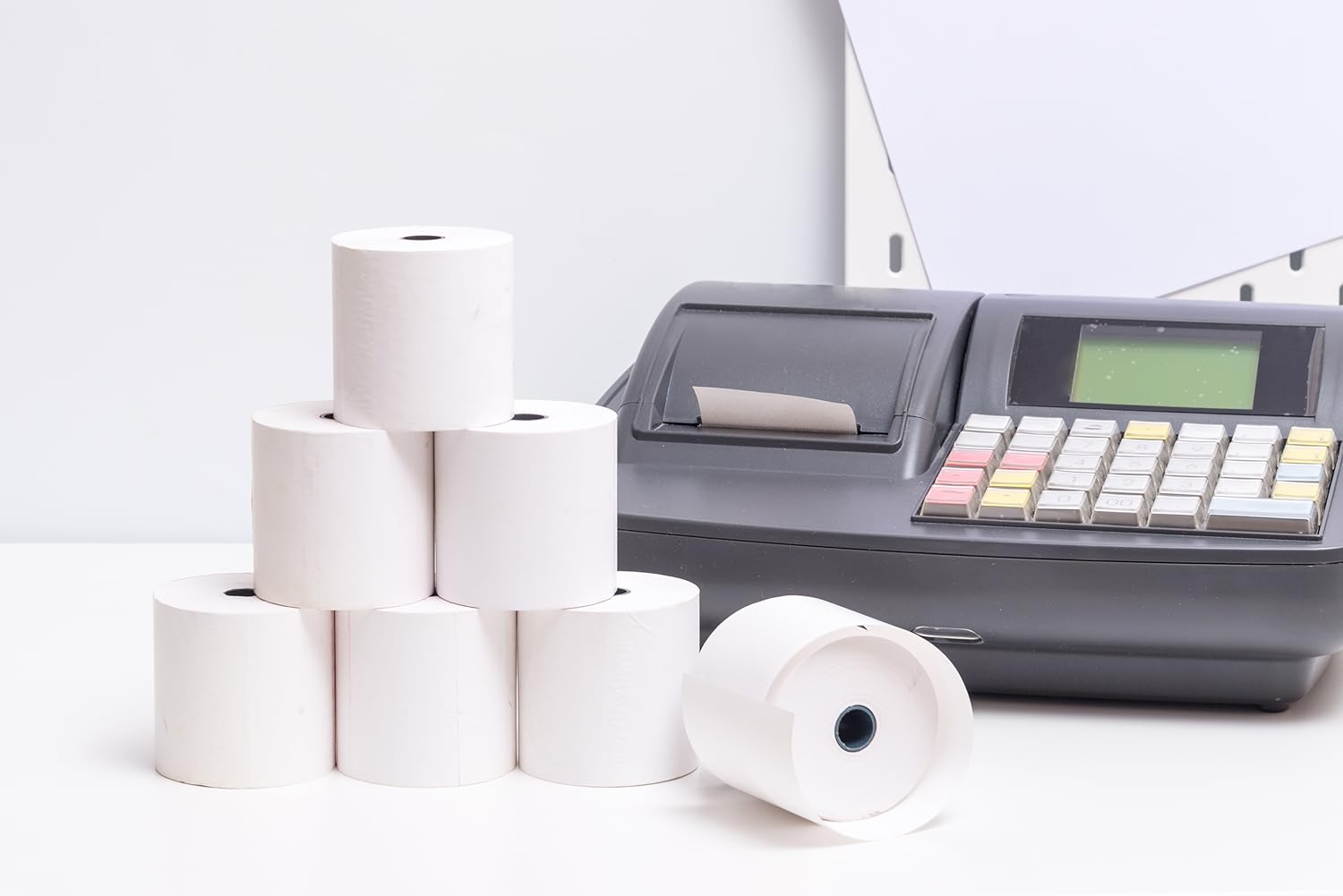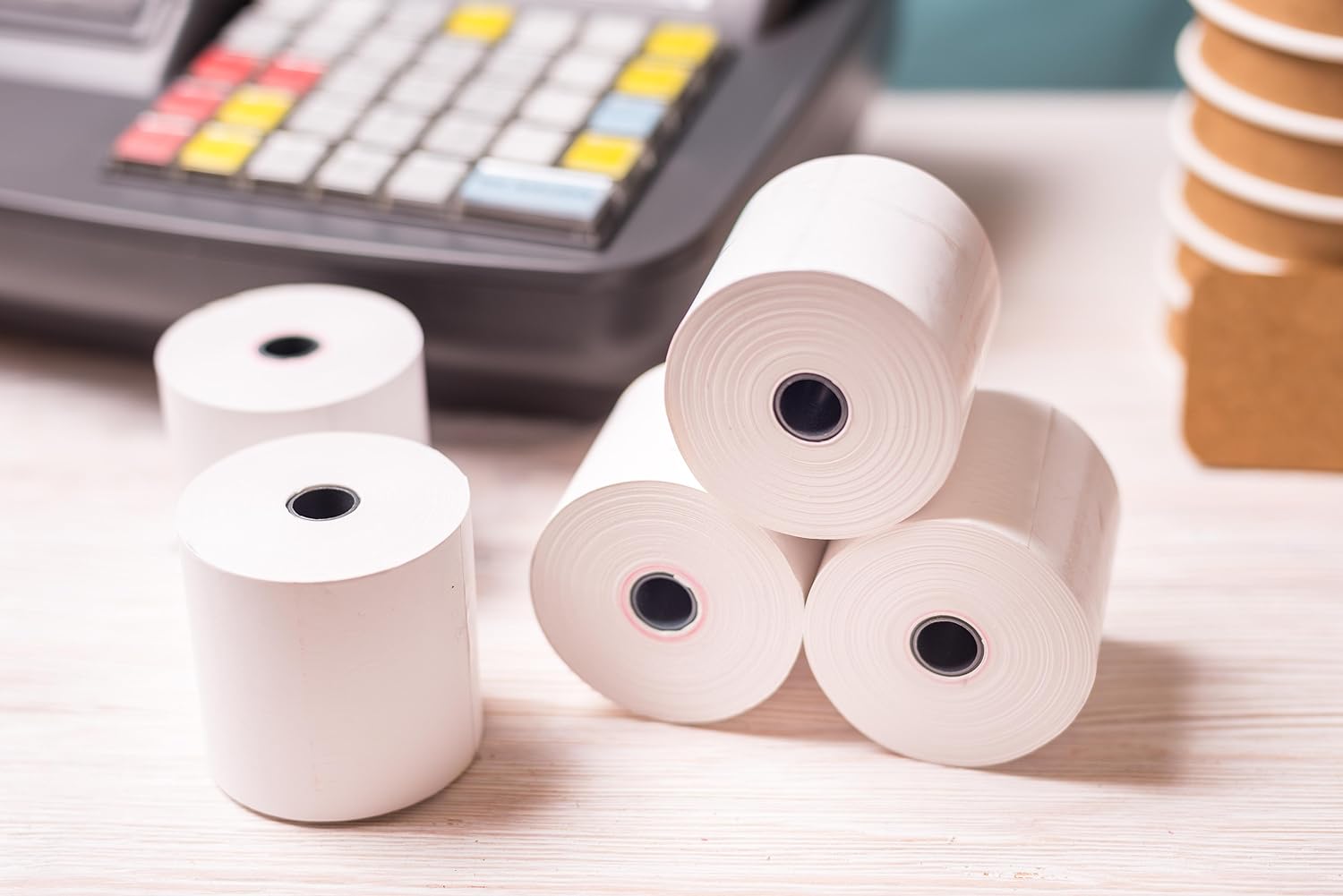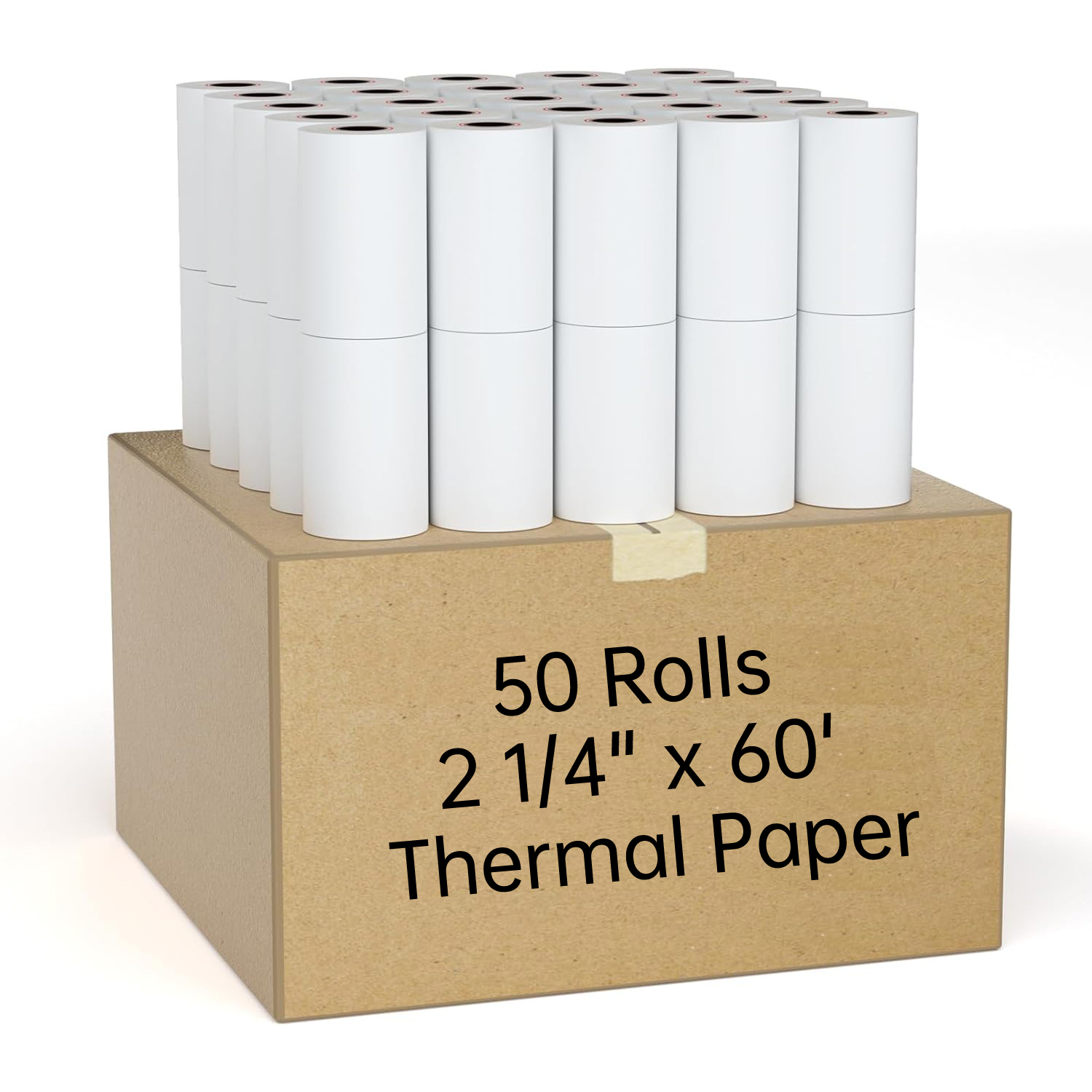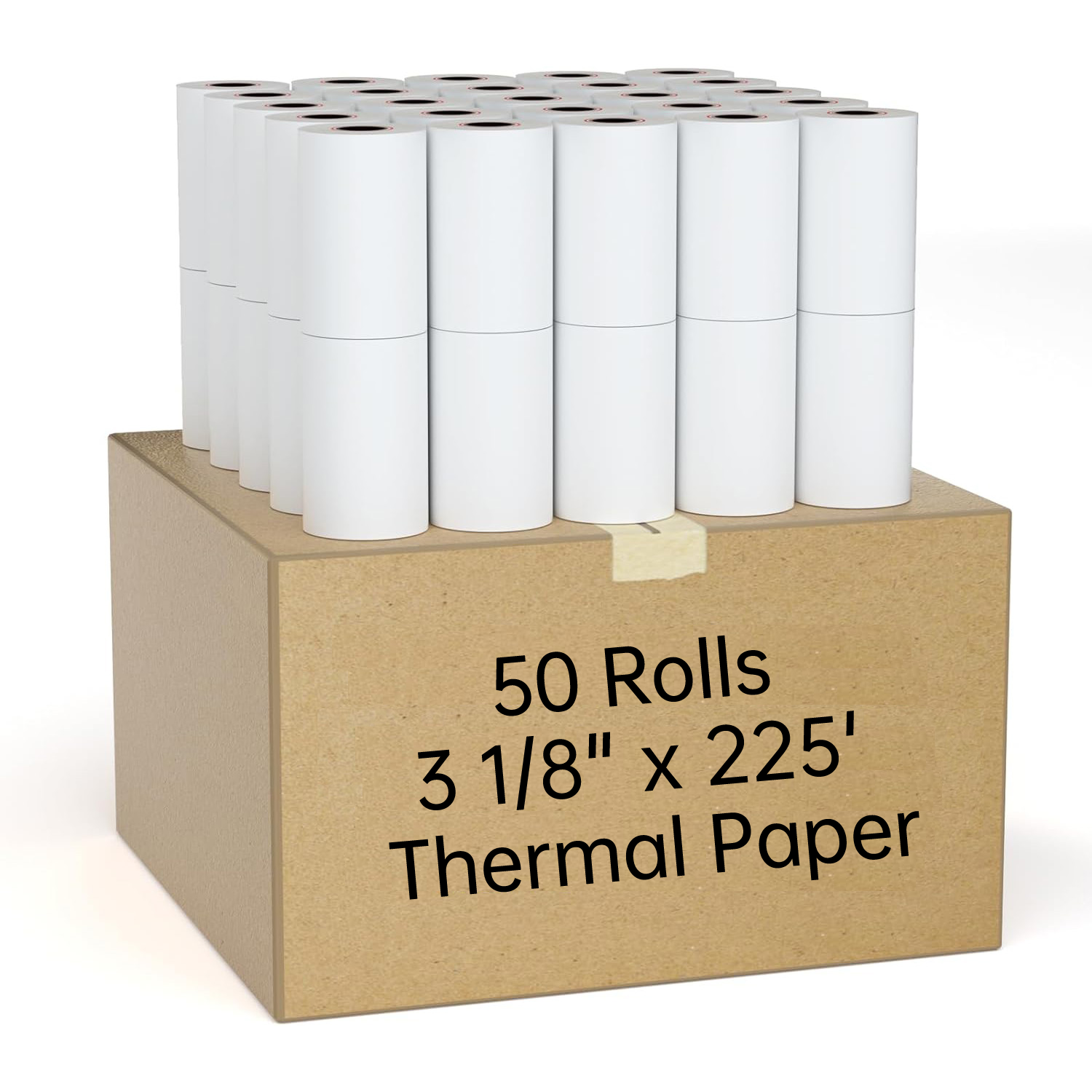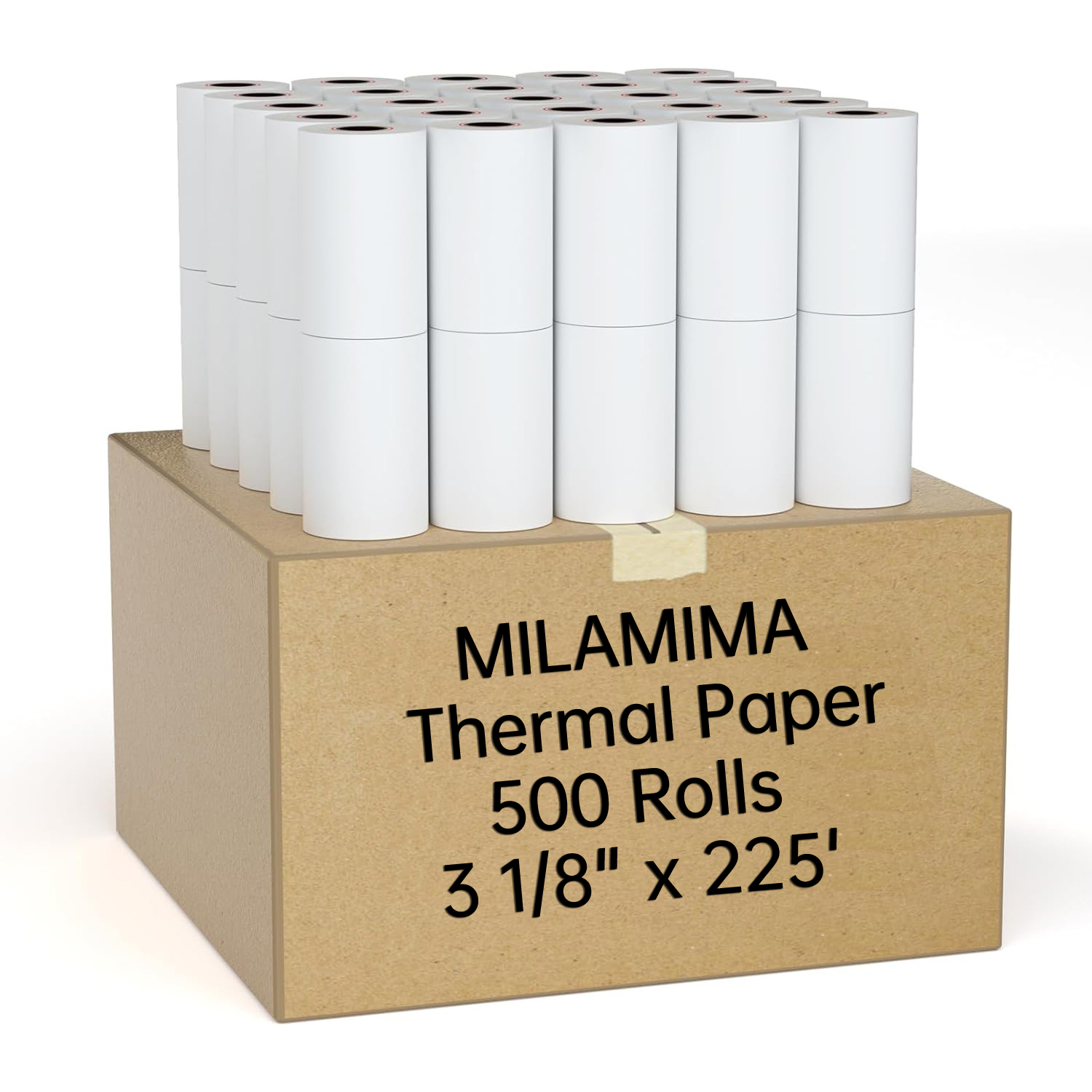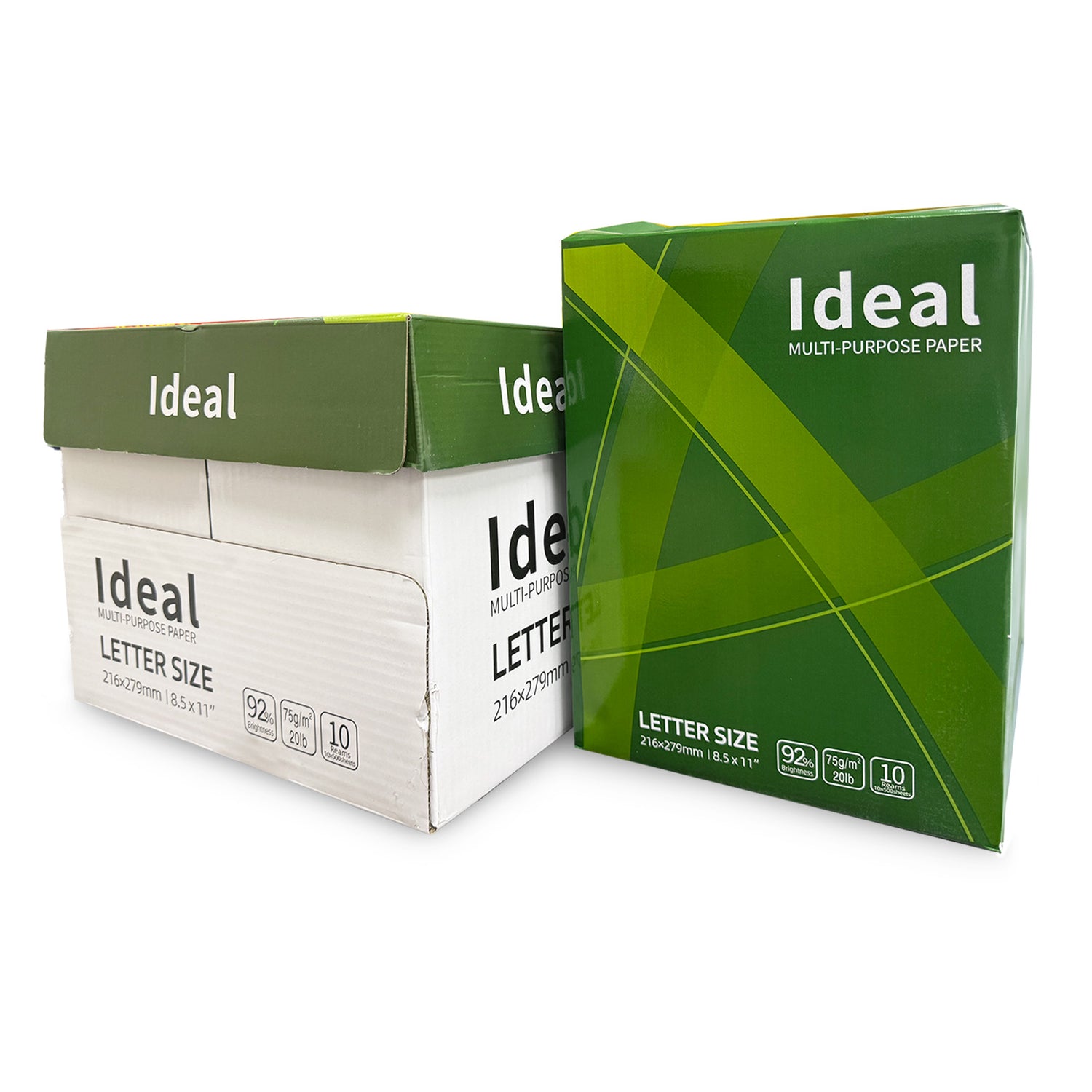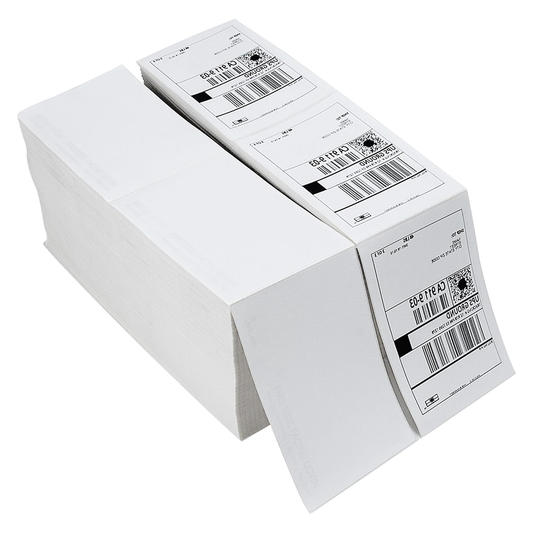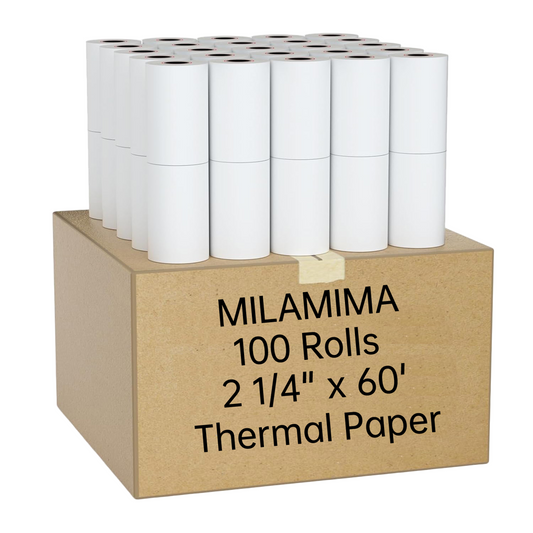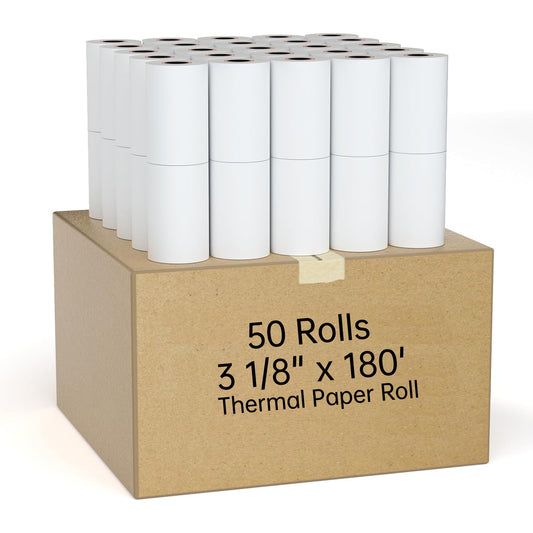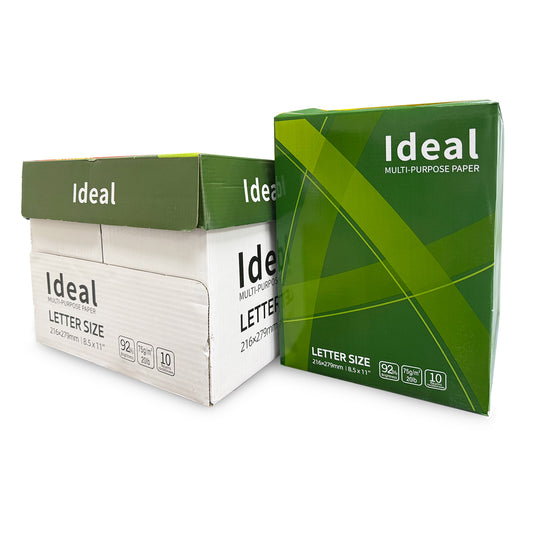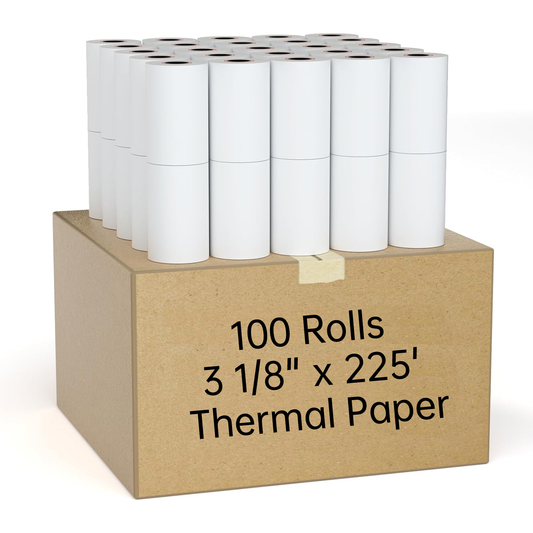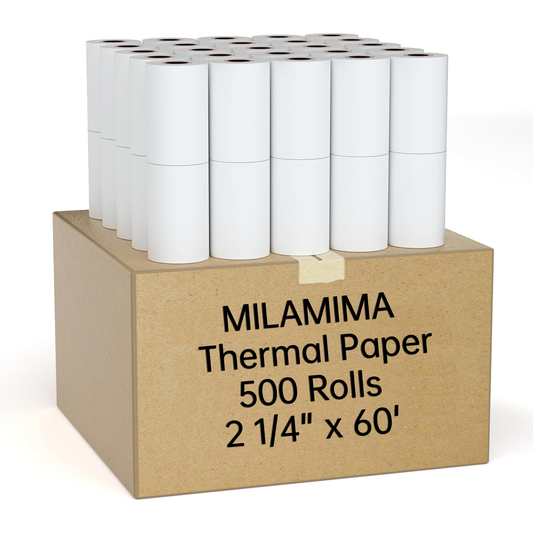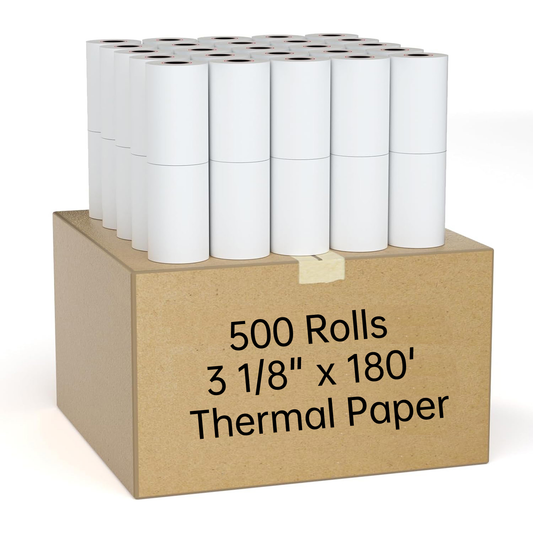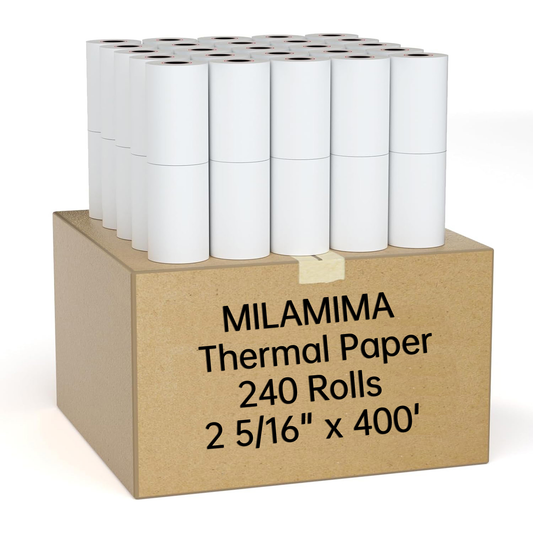Thermal paper rolls are a vital component in businesses worldwide, especially for point-of-sale systems and other thermal printing applications. They allow for quick and efficient printing without the need for ink or toner. Here’s everything you need to know about thermal paper rolls:
How Do Thermal Paper Rolls Work?
Thermal paper contains a heat-sensitive coating that reacts when exposed to the heat from a printer’s thermal print head. This process creates sharp, clear prints, making them perfect for receipts, labels, and tickets.
Types of Thermal Paper Rolls
There are two primary types:
- Top-Coated Thermal Paper: Provides better print quality, durability, and resistance to smudging.
- Non-Coated Thermal Paper: A more affordable option but less durable and prone to smudges.
Common Sizes and Dimensions
Thermal paper rolls come in various widths and lengths to suit different printer models:
- Common Widths: 2 1/4", 3 1/8", and 4"
-
Lengths: Range from 50 feet to over 300 feet
Additionally, the core size varies, with common diameters being 7/16", 1/2", and 3/4".
BPA-Free Options
Many manufacturers now produce BPA-free thermal paper rolls to minimize potential health risks associated with bisphenol A exposure, aligning with health and environmental safety standards.
Storage Tips
To ensure print quality and durability, store thermal paper rolls:
- Away from heat, humidity, and direct sunlight
- In a cool, dry place
Applications of Thermal Paper Rolls
Thermal receipt rolls are widely used in:
- Point-of-sale systems and cash registers
- ATM machines
- Label printers
- Mobile and portable thermal printers
Whether you're running a retail store, a restaurant, or managing logistics, choosing the right thermal paper roll is essential for smooth operations.

